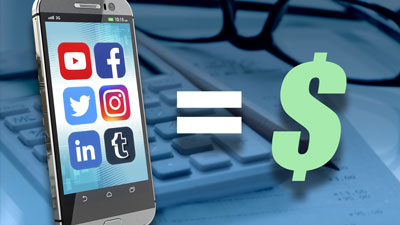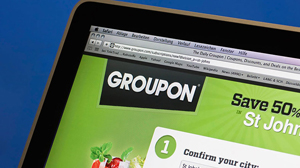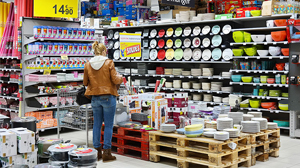The following are a few selling tips for retail and discount stores:
- If you get stuck with excessive stock of one item, don’t just let it sit there or try to wholesale it somewhere? Use it as a promotional product! Free giveaways can work very well as customer buying incentives. (For example: get a free lipstick for every $10 you spend! Or, buy 2 items worth $5 each or more and get 1 free T-shirt! Specially good for discount stores)
- Make arrangements with third parties to offer warranties on electronic items. Selling warranties is also a great way to make extra money. They cost you very little if you buy them in bulk, and you can sell them for $100 a pop or more!
- There are various ways for you to “liquidate” older goods from your store so that your store(s) always give the impression of having fresh and newly received goods.
- There are often developed auction houses for consumer goods in or around most major cities. You can use these auctions to clear out unwanted or old goods from your store shelves without. Or you can expand your sales channels and clear those goods at a yard sale or flea market!
- Use eBay or similar sites to sell goods of which you have excess inventory.
- Make barter deals with local repair shops to fix defective items like vaccums, TVs, microwaves, etc. You can either pay them a small fee for every item, or give them some merchandise in exchange for services (a free TV for every 5-10 items they repair).
- Take into consideration the space you have before you purchase. Make sure you have enough shelf, floor or storage space to house the merchandise you buy.
- BE CREATIVE! Retail doesn’t have to be just in a store, or just at a flea market, or just online. When purchasing liquidated merchandise, you will often find yourself with a wide variety of items within any given lot. Some of the items may be high value or branded, while others may be of lower value or potentially damaged. Maximize your sales by tailoring HOW you resell items according to WHAT you are reselling. If you have a flea market stand, consider selling lower value items there and saving the higher ticket items for online sales. You can start a small e-commerce website or sell those higher value items on eBay or Craigslist. In general, you will be able to get more out of those higher items if you sell them online rather than at a flea market.
- Be realistic in your expectations. Many people who start out in this business expect to at least double their money on every lot they purchase. This is simply unrealistic when dealing with liquidated goods. While it CAN happen, it is also a fact that not every purchase will even be profitable! In the long-run, this can be a very profitable business but set realistic expectations for yourself and plan accordingly when you find yourself unable to source new goods because profit margins are not what you had anticipated. Start small, test the waters and build your way up.
- Be flexible. Not everything will work in every market. Take the time to understand your customer base and cater to their needs. You may be selling a particular type of item that does very well. Keep sourcing that item but consider bringing in complementary items to boost your sales. For example, if you sell a lot of shoes, consider purchasing other accessories like handbags or belts, that customers will pick up at the same time. Conversely, if you are selling items that are not moving as quickly as they should, liquidate them.
- Use slow-moving inventory as freebies or giveaways. If you are stuck with, for example, a few hundred pieces of a t-shirt with a particular design on it that is just not selling well, consider giving away a free t-shirt for every $X amount your customers spend with you. This works no matter what your resale channel is. Retail buyers love freebies so use them to your advantage!
- If you have a physical store or flea market stand (this is easier to do with a physical location than online), stock up on impulse items. Impulse items are goods that are usually found near the checkout counter, that customers pick up without thinking while they are waiting in line. Small items make the best impulse buys– consider cosmetics, DVDs, personal care accessories, hair accessories, electronic accessories or other such items. You can either hang them on a slat wall or dump them in a bin near your checkout counter or section of your store/swap meet stand and let those items raise your average invoice amount!
- Give your customers purchasing incentives in the form of promotions.Excite them with schemes like “Buy 2 and get the 3rd one 1/2 off” or “Buy 2 and get 1 Free!” This is not only a great way to increase your average sale but also a great way to move unwanted or slow-moving inventory and make room for new things.
- Research the items you are selling. You know what you’re paying for the items but you don’t always know what they’re actually WORTH. Instead of just sticking a price tag on them that “sounds” like a price you’d be happy with, take some time to research what the items originally sold for. This will help you price them accordingly and you can also use the original retail price as an incentive to your customer. “Originally $149 – Now only $49!” for instance. Often times retailers just count the number of items they received in a lot, to calculate their desired return on investment without factoring in what the goods are actually WORTH. Chances are you’ll be able to make a higher profit margin by taking the time to research.










